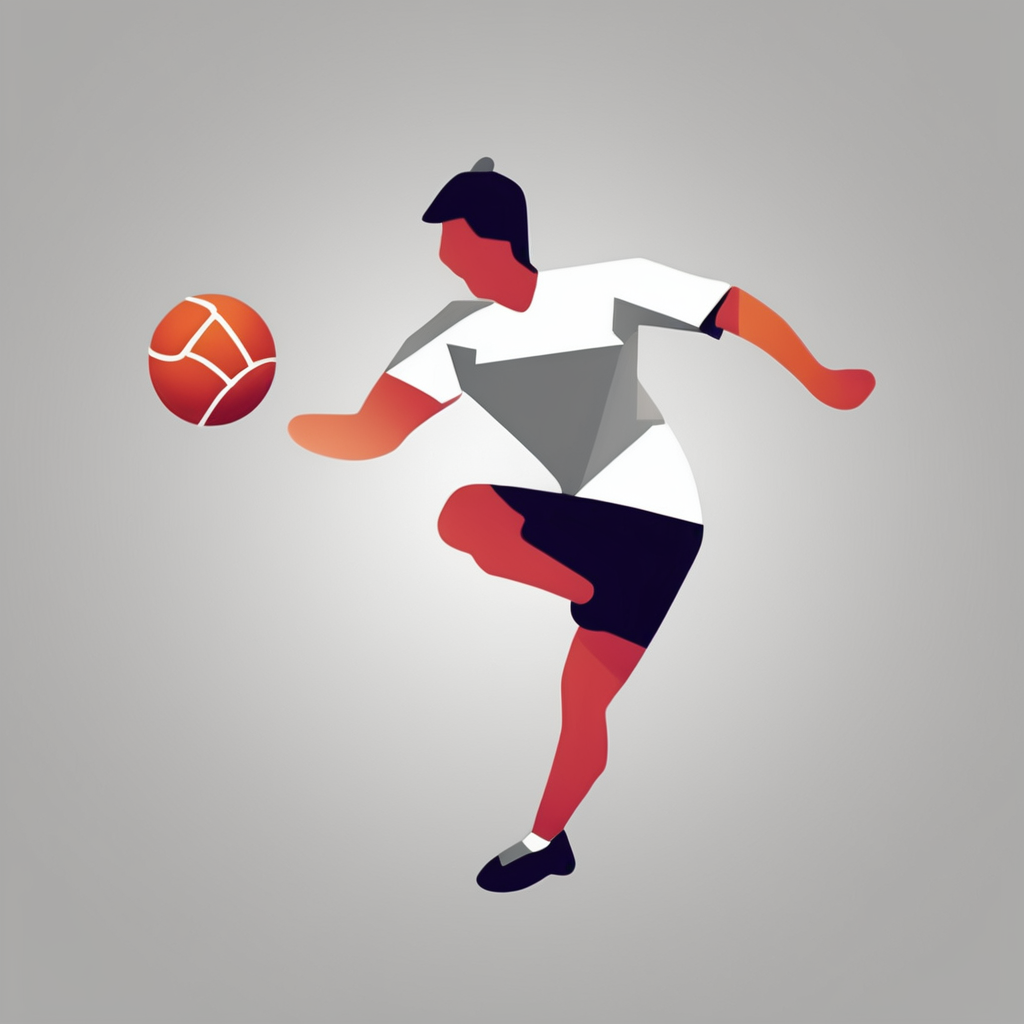Immediate Impacts of UK Weather on Sports Outcomes
UK weather effects significantly influence sports performance, with rain, wind, and temperature changes playing key roles. Rain often leads to slippery surfaces, reducing players’ control and increasing errors, notably in football and rugby. Wind can alter ball trajectories, affecting passing accuracy and shot success, especially in outdoor sports like golf and cricket. Temperature changes also impact athletes by influencing endurance and muscle efficiency; colder conditions can tighten muscles, raising injury risk, while warmer weather may cause quicker fatigue.
Seasonal changes bring predictable shifts. Winter’s cold and gusty conditions frequently result in slower-paced matches and defensive strategies, whereas summer’s milder climate promotes faster gameplay and higher scoring. Studies highlight that match outcomes correlate with weather variables; for instance, teams playing in heavy rain have a higher chance of unexpected results due to altered pitch conditions. Statistical data confirms that wind speeds over 20 mph reduce scoring rates in football by up to 15%.
In the same genre : What are the most impactful UK sports events of the year?
Understanding these UK weather effects assists coaches and players in strategizing. Adjusting tactics to tackle rain or counter wind can mitigate negative impacts and improve sports performance under varying weather scenarios.
Sports Most Affected by UK Weather
Examining the impact of weather disruptions on popular sports
Also to read : How are UK sports clubs adapting to financial pressures?
UK weather is notorious for its unpredictability, profoundly affecting sports like football, cricket, golf, and rugby. Football matches often face waterlogged pitches, forcing groundskeepers and managers to adapt tactics. For example, heavy rain can make passing difficult, shifting teams toward long-ball strategies. Historic wet-weather matches showcase how weather can define game outcomes and player performance.
Cricket is particularly vulnerable to rain delays, with interruptions potentially lasting hours or entire days. The Duckworth-Lewis method is widely used to calculate fair scores when rain truncates matches, underscoring how integral weather has become to cricket’s rules. Past series outcomes have hinged on weather-induced breaks, sometimes favoring one side due to pitch changes after a downpour.
Golf and rugby also face challenges from wind and rain. Windy conditions alter golf ball flights, forcing players to adjust their strokes and club selection. Rugby pitches may become boggy or hard, influencing running plays and tackling strategies. Notable weather-altered contests in these sports highlight the ongoing necessity to prepare for UK’s changing climate when scheduling and playing outdoor events.
Historical Examples and Notable Matches
Throughout sports history, several affected matches stand out where UK weather impact played a crucial role in shaping the outcome. One iconic example is the 1966 World Cup final, held under unusually heavy rain, which altered playing conditions dramatically. Teams forced to adapt to these challenges often saw unexpected results.
In statistical analysis of results, matches played under severe weather conditions frequently show deviations from expected performance. For instance, heavy rain or strong winds can reduce player accuracy, increase ball slippage, and lead to more conservative tactics. This was evident in numerous football and cricket matches where weather caused upsets or record-breaking performances. The adverse conditions made skill and strategic adaptation even more vital.
Weather patterns such as sudden downpours, icy pitches, or gusty winds have often been the invisible game-changer during historical matches. These factors not only influence player form but also affect the crowd and stadium atmosphere, adding layers of complexity. Understanding these dynamics sharpens our appreciation of how UK weather can pivot the course of sports history.
Expert Insights and Athlete Perspectives
Insights from expert opinions consistently emphasize the critical role weather plays in UK sports strategy. Coaches often stress adaptation, noting that unpredictable weather requires flexible game plans. For example, a football coach might adjust formations based on wind speed to optimize passing accuracy.
Athlete interviews reveal how players mentally prepare for varying weather conditions. Many describe training routines designed to simulate rain or cold, promoting resilience and focus during matches. Such preparation is vital in maintaining performance regardless of drizzle, downpour, or sudden temperature drops characteristic of the UK climate.
Scientific research supports these firsthand accounts, showing weather affects not just athlete comfort but also injury risk and ball dynamics. Studies indicate humidity and surface wetness impact traction and speed, influencing both individual and team tactics. One recent analysis highlights how temperature fluctuations can impair muscle function, underscoring the need for tailored warm-up protocols.
Together, these coach quotes, athlete experiences, and scientific research build a comprehensive understanding of weather’s influence. This knowledge empowers teams to refine preparation and adapt strategies effectively, turning climatic challenges into competitive advantages.
Why Choose Robot Hoovers for Your Home Cleaning?
Robot hoovers offer a convenient and efficient solution for maintaining clean floors with minimal effort. Their ability to navigate autonomously means you no longer have to spend time pushing a vacuum around. This feature is particularly beneficial for busy lifestyles, freeing up precious time for other tasks or relaxation.
Many models come equipped with advanced sensors to avoid obstacles and map your home. This precision ensures thorough cleaning without repeatedly going over the same spot or missing areas. Additionally, their compact design allows them to clean under furniture where traditional vacuums struggle to reach.
If you have pets, specific robot hoovers are designed to handle pet hair effectively, which can be a common cleaning challenge. Choosing the right robot hoover tailored to your floor type, such as carpets or hardwood, can improve results significantly.
In answering a common question: Do robot hoovers clean as well as manual vacuuming? The answer is yes, for regular maintenance. They excel in daily dust and debris pickup, though occasional manual deep cleaning might still be necessary for stubborn dirt.
Robot hoovers provide a practical solution, ensuring cleaner floors with minimal effort and adapting well to a variety of cleaning needs.
